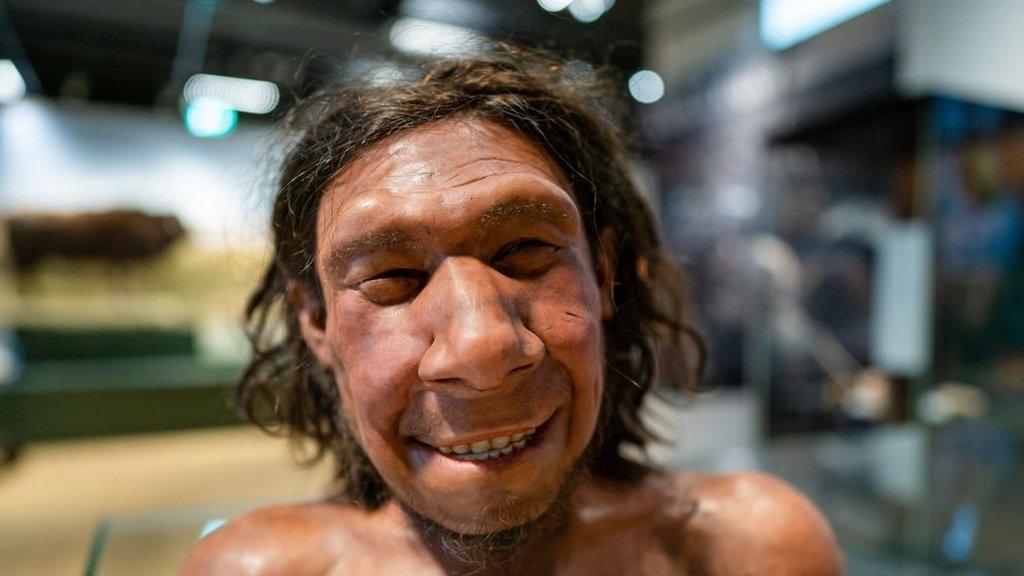Mystery 2,000-year-old skeleton 'could be female warrior leader'
- Published
- comments

The remains were discovered alongside a 2000-year-old sword and mirror
The mystery of a 2,000 year-old skeleton found on the Isles of Scilly has finally been solved.
The ancient remains were discovered by a farmer 24-years ago alongside a bronze mirror, typically found buried with women, and a sword that would normally be found buried with men.
Being buried with both artefacts was highly unusual for the time.
Archaeologists argued for years about whether the bones belonged to a man or a woman.
But, thanks to science, the debate is now over.
A tooth enamel test found the bones were from a woman who was likely to be an Iron-Age female warrior.
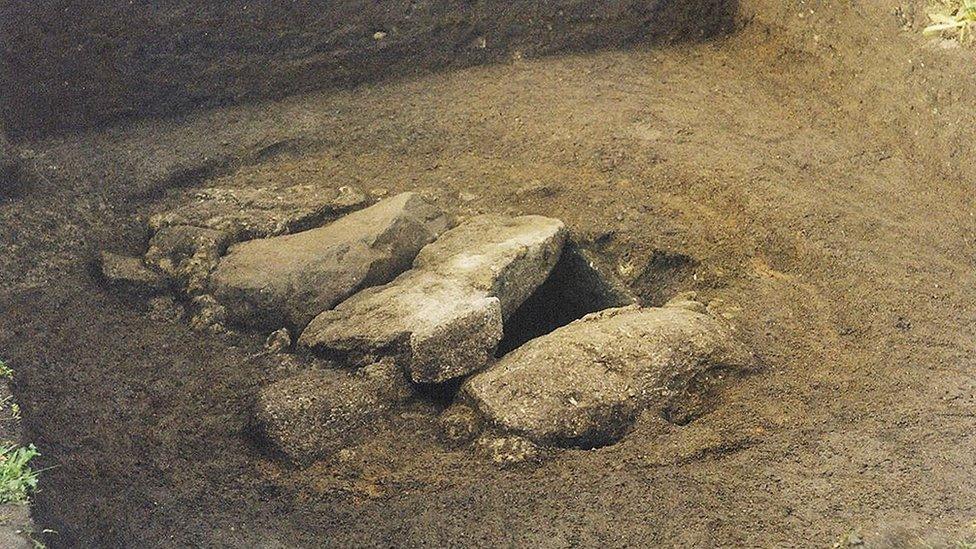
A farmer found the items in a stone-walled chamber on the island of Bryher
How did scientists crack the case?
Standard DNA tests on the bones had failed to reveal who they belonged to, until now.

Scientists tested for protein in tooth enamel, to discover whether the skeleton was once a man or woman
Scientists in the US worked with Historic England using new techniques to test the skeleton's tooth enamel.
Because teeth are so hard, they are normally one of the slowest body parts to rot, making them good for DNA testing.
Scientists say they're 96% sure the skeleton was a woman.
Warrior women in the Iron Age
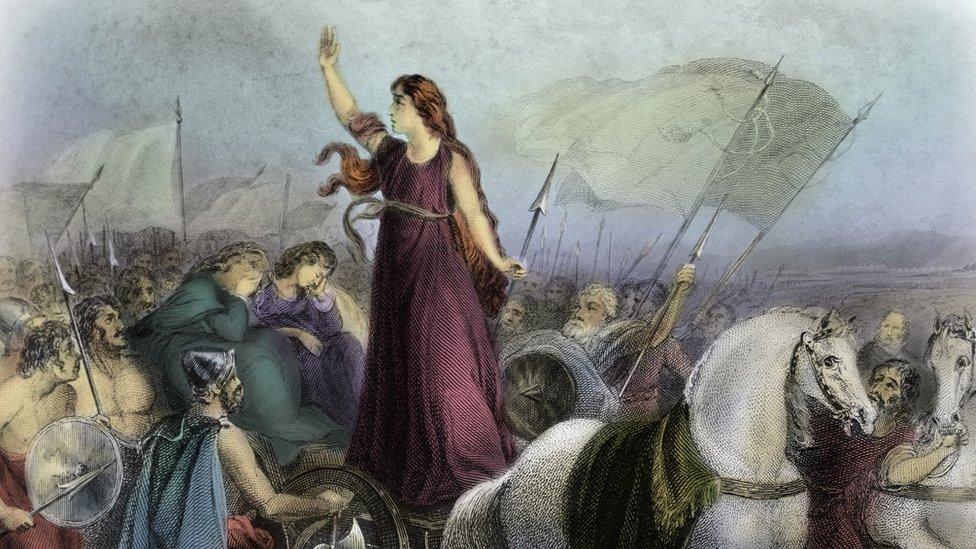
Boudicca was a well-known warrior queen of the Iceni people and this discovery shows there might have been more female warrior leaders than we realised
The discovery suggests there probably would have been other "hidden female warriors" in Iron Age Britain, when fighting and raids were a fact of life.
Historic England said it showed "female involvement in raiding and other types of violence was more common in Iron Age society than we've previously thought.
"It could have laid the foundations from which leaders like Boudicca would later emerge".
It would be interesting to re-analyse other degraded burials to see if there are more 'hidden' female warriors out there
- Published8 January 2023
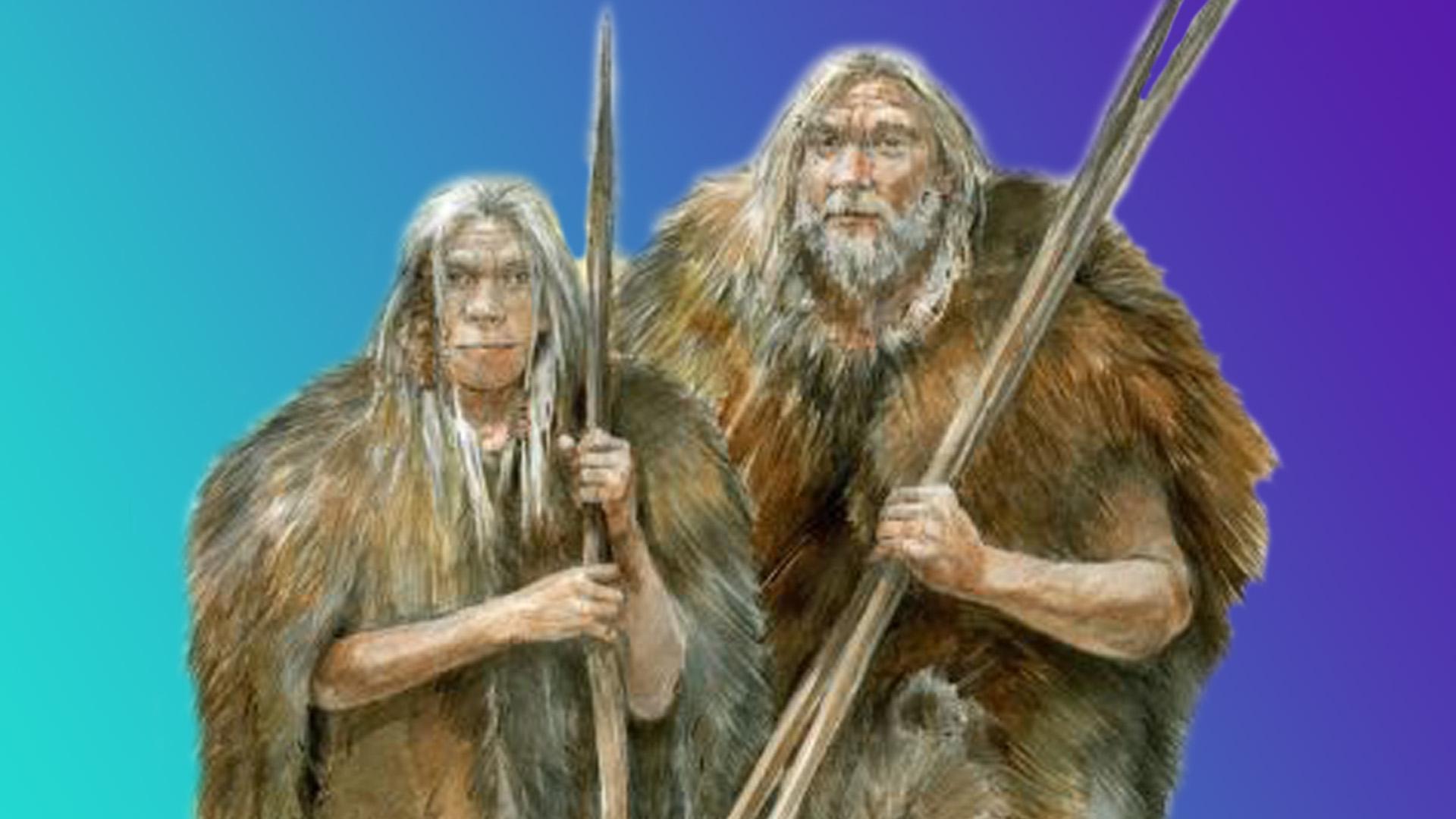
- Published25 June 2022
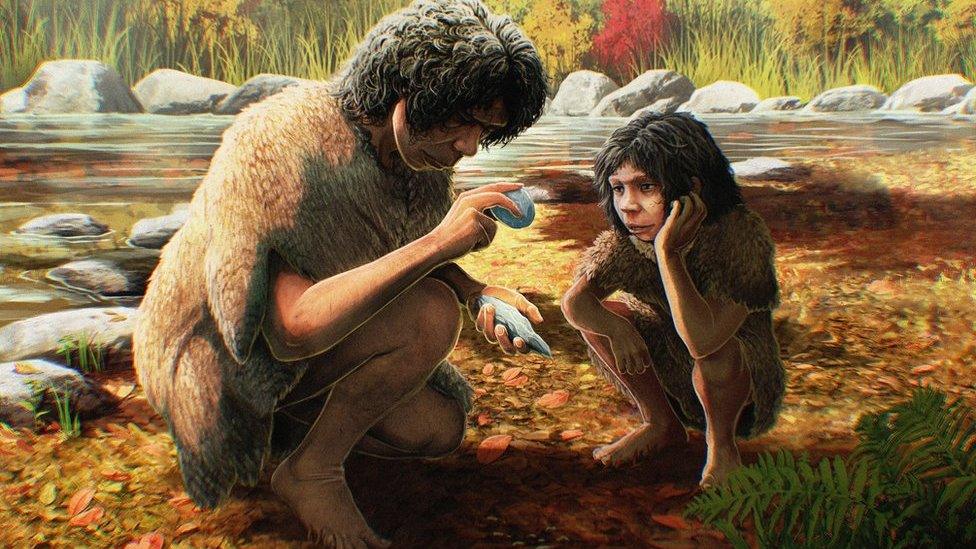
- Published16 October 2022
